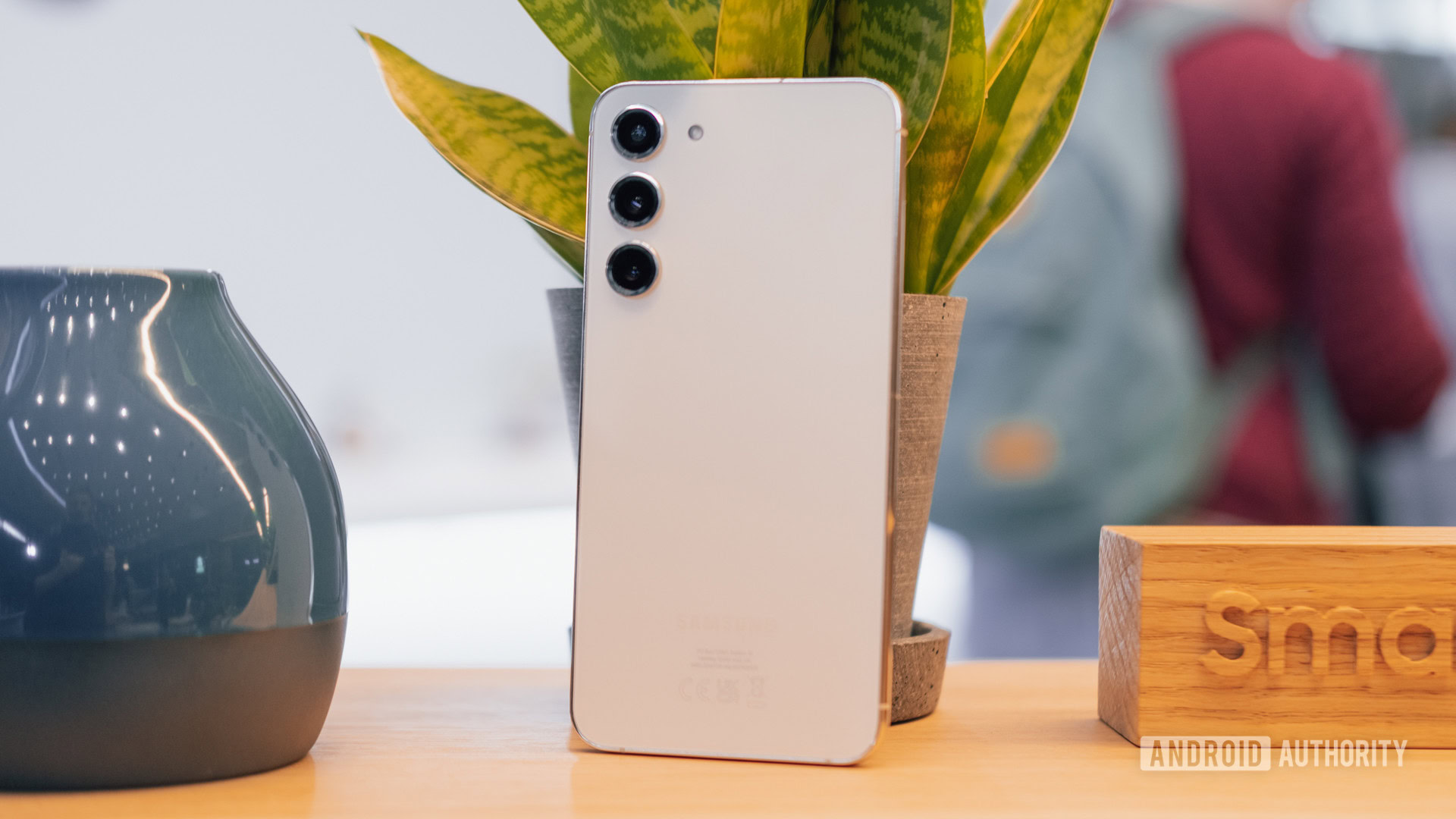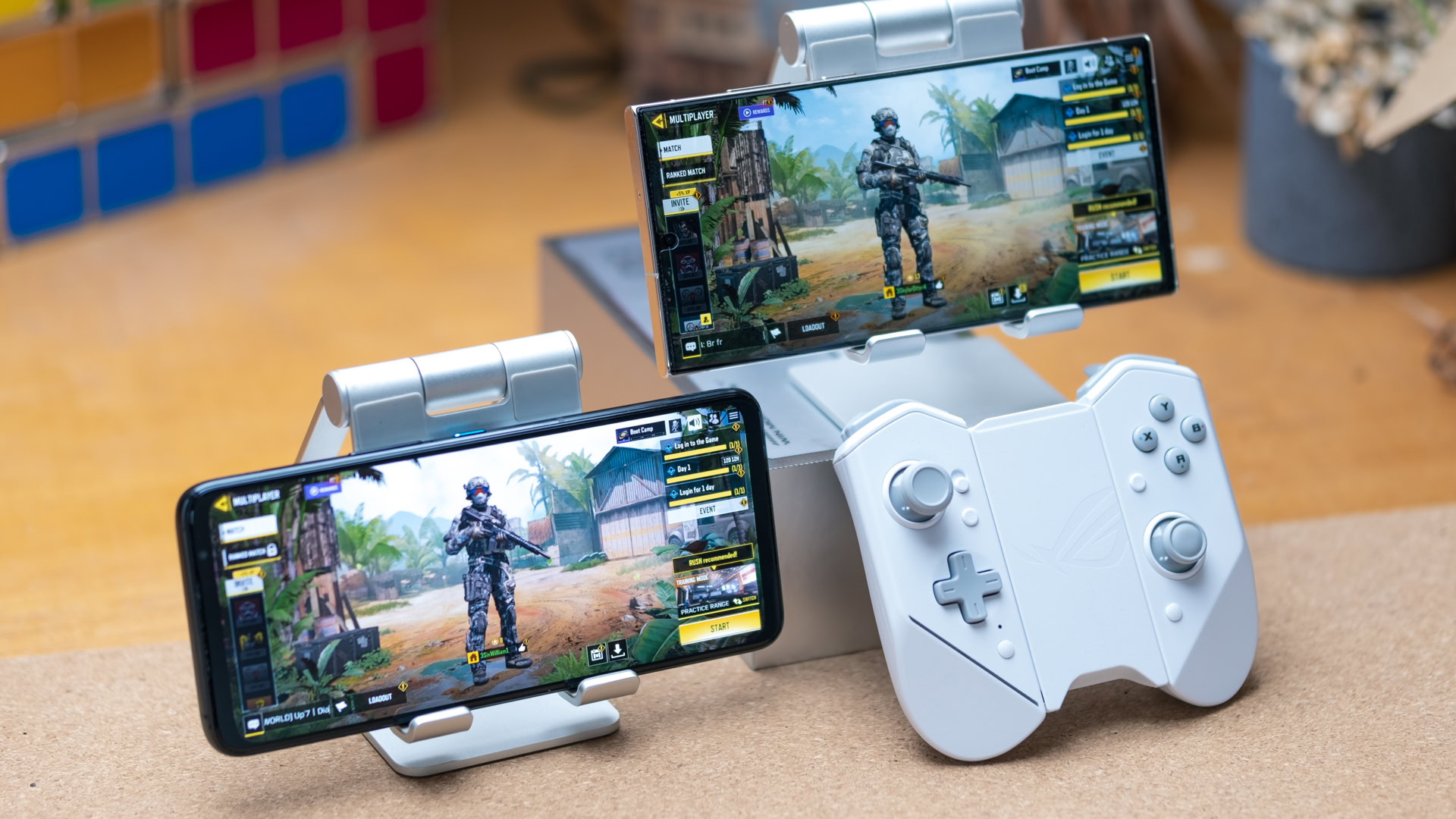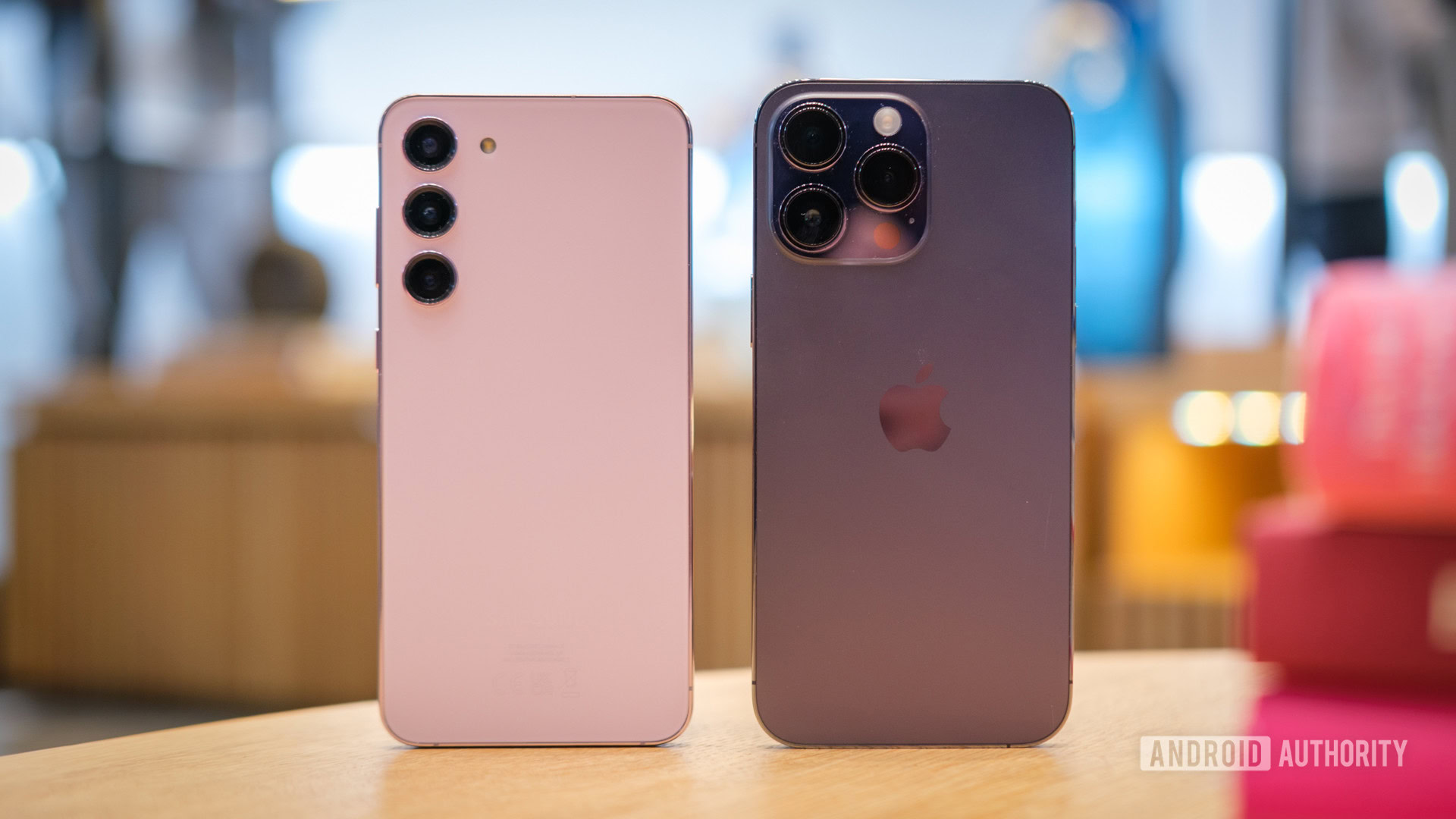Affiliate links on Android Authority may earn us a commission. Learn more.
I could live with a slower chip in the Samsung Galaxy S24
Published onAugust 28, 2023

We’re only halfway through Samsung’s typical flagship release cycle, yet rumors are already swirling about 2024’s Galaxy S24. Specifically, whether we’ll see a return to custom chipsets with the rumored Exynos 2400 or if Samsung will stick with Qualcomm and use the as-yet-unannounced Snapdragon 8 Gen 3.
There are currently two conflicting sets of speculation. The first suggests we will see a return to a traditional geographical split: Snapdragon handsets for the US, China, and select other markets, and Exynos making a return for the rest of the world. The second is more intriguing. Samsung could ship its Exynos chip in the base Galaxy S24, while Snapdragon bulks up the Plus and Ultra models. If we had to pick between the two, the latter option is probably the most appealing; here’s why.
Would you rather a regional or price based Exynos Galaxy S24
Keeping the Galaxy S24 affordable
Flagship processors take up a good portion of a phone’s bill-of-materials, and a separate rumor suggests that Qualcomm’s Snapdragon 8 Gen 3 is set to be costly, even more so than the current 8 Gen 2. With hardware, shipping, and other associated costs skyrocketing and less money in consumer pockets of late, affordability remains key for flagship entry points.
While separate entities, Samsung is in a unique industry position with companies spanning consumer electronics, silicon design, and silicon manufacturing. When it comes to securing competitive component pricing, a little internal alignment (which is certainly far from guaranteed, historically) could and should make Exynos a far cheaper option than Snapdragon. If Samsung wanted to be highly aggressive, it could sell the Exynos 2400 internally at close to cost, freeing up some pricing headroom.
The Snapdragon 8 Gen 3 is rumored to be expensive. Exynos could keep prices down.
There are other cost benefits, too. A return to Exynos would help fund further chipset development and keep the semiconductor divisions in good practice while it improves Exynos. Splitting two chipsets across three models should also lower development and update overhead compared with effectively maintaining six models.
It’s true that the Galaxy S24 could use an older chip from Qualcomm for a similar effect, but going in-house as much as possible is likely to be the cheapest option available. Especially when you consider there’s the modem, radio, and other components to purchase, too. Furthermore, using a latest-generation chip is preferable in terms of ensuring long-term updates, and Samsung should continue to lead from the front here.
Flagship power isn’t everything

Let’s assume that the Exynos 2400 won’t be quite as performant as the Snapdragon 8 Gen 3. Which, if history is anything to go by, could be true and would likely manifest most obviously in the graphics department.
Additional performance is always a boon, and I’m certainly not trying to make the case to slow down innovation. However, we’ve long hit the point of diminishing returns for making day-to-day tasks feel much more responsive than the previous generation, and not everyone cares about running mobile games at 120fps. Chrome, Facebook, or Whatsapp are unlikely to be noticeably snappier on an 8 Gen 3 versus an Exynos 2400.
When it comes to making a trade-off between price and slightly better performance, a good chunk of consumers will come down on the side of price, especially for the entry-level flagship model. Don’t forget, the industry heaps plenty of praise on Google’s Pixel series for its competitive pricing even though Google’s Tensor chip is far from topping the benchmark charts.
The Pixel proves that raw specs don't always trump competitive prices.
Of course, a Snapdragon-powered Galaxy S24 Plus and S24 Ultra would still give power users the choice to spend a little more cash in exchange for higher-end frame rates. Plus, whatever other small tangibles there are between the chips, if they exist. If anything, this could be a boon for the Pro variant, which often feels like an awkward middle child wedged between the powerhouse Ultra and the mass-market appeal of the regular model. Extra performance without the Ultra’s hefty price tag could be just what the S24 Plus needs to make a better case for itself.
Apple has set a precedent

If (and it’s still a big if) Samsung goes down this route, it wouldn’t be the only one. Apple has used older and marginally slower chipsets in its base flagship models for a few generations, reserving cutting-edge silicon for its more expensive Pro and Pro Max models. This looks set to be the case with the upcoming iPhone 15 series, too.
The strategy seems to be working for Apple. The iPhone is as popular as ever, the base models remain competitively priced, older silicon stock doesn’t go to waste, and yet the phones offer more than enough performance to keep their target consumers happy. Most importantly, the iPhone experience doesn’t change based on where you’re situated, only by the amount of cash you’re willing to part with.
The iPhone experience doesn't change based on your country, only the amount of cash you part with.
Samsung has insisted on feature parity between handsets with different chipsets, often at the expense of cutting-edge features, but this has never properly manifested due to manufacturing and performance differences. Apple embraced a two-tier setup that makes sense across its portfolio, and there’s no reason Samsung can’t adopt this approach when it comes to chipsets.
Ultimately, we’d much rather see Exynos versus Snapdragon breakdown at the model level rather than the regional level. It’s much more palatable to gate experiences and features behind price barriers compared to the virtually arbitrary nature of geographical restrictions. That’s precisely how camera, charging, and other features have been organized for years, after all. By comparison, no one wants to feel like they’re missing out simply because of where they live.
Of course, this is all highly speculatory at this point, and a move to Exynos as the budget option would be an implicit admission that Samsung’s chips aren’t the best in the business. That might be plain to see for those who follow the benchmarks, but it isn’t an easy pill to swallow for an industry leader.
Furthermore, the Exynos 2400 may not even see a commercial release, based on initial projections that a return to custom chipsets could take at least a couple of years. Not forgetting that Samsung and Qualcomm have an ongoing chipset deal that may limit Samsung’s options in the near term. Even so, I’d be pretty comfortable with an Exynos/Snapdragon split along model lines, providing the price is right.